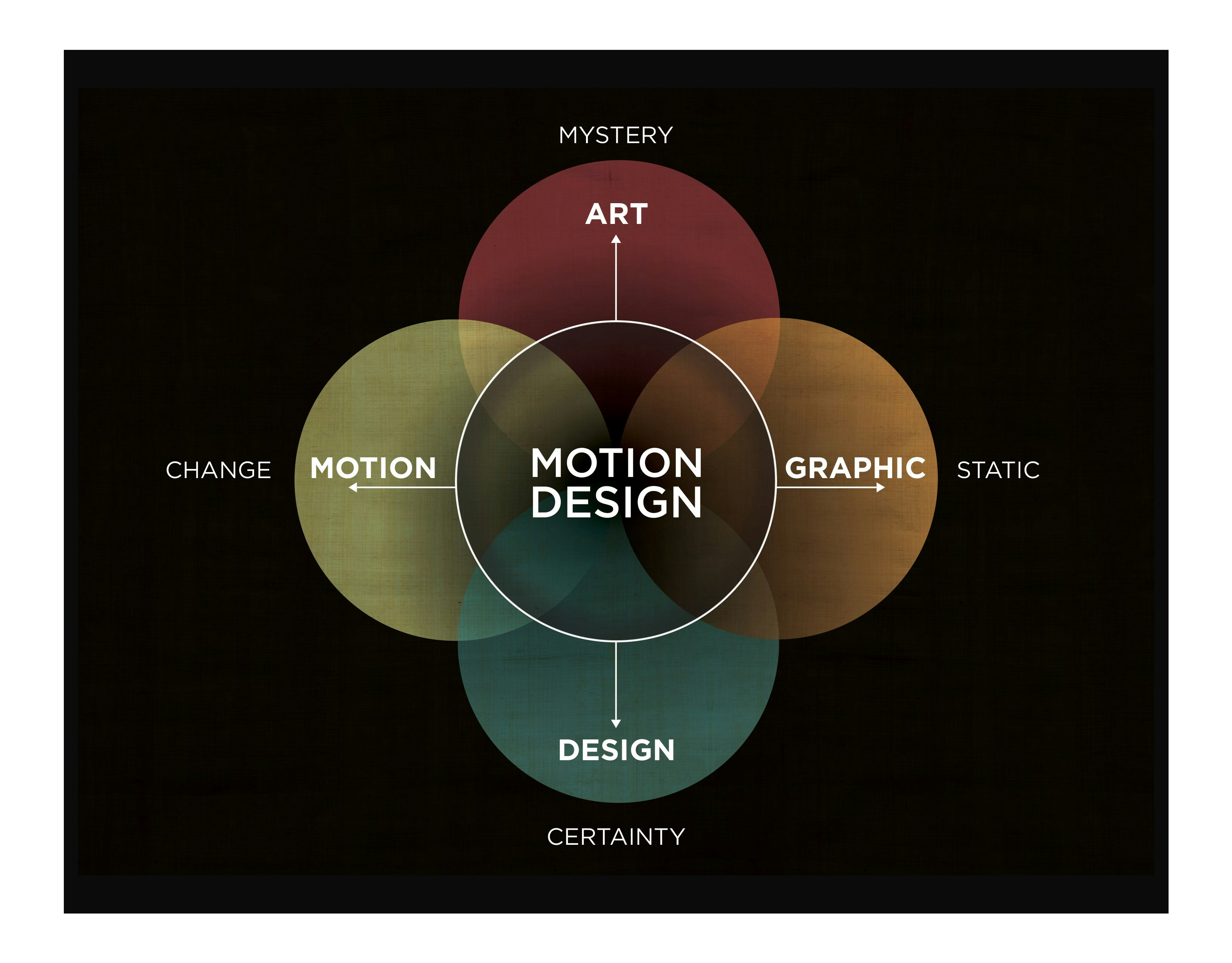The greatest thing about design for me is its scalability. A design brief is essentially the description of a problem, and a piece of design therefore is merely a solution to said problem.
So when you see some really super awesome work, it is merely the answer to a question asked by a client. The skill in creating work is being able to scale a problem back and break it down into a series of smaller problems. Then go on a journey solving each problem until the larger task has been completed.
I’m just a guy doing work because I enjoy it and it pays my bills (both important), but when I look at my own work and more importantly the bosses in the game such as, Patrick Clair, Erin Sarofsky, Tim Clapham, GMUNK… so on and so forth. I get this feeling that there is no limit to what can be achieved.
Starting out with the skills you have, solve problems one at a time, and bolt them together to create amazing work. Break briefs down into tiny chunks. And very important… Learn to ask Google the right questions.
There is a wealth of information available to students and veterans alike, nobody knows everything, but everyone knows something. Tap the collective human knowledge and experience available on the net. There’s stuff for free, and stuff you have to pay for. But in my experience it’s all there. You just need to bring enough skill to translate that information into something that sufficiently answers your brief, and your done!
There’s inspiration for a gif in there somewhere… watch this space!
Disclaimer: I am aware that this is a simplified explanation of what is a large and intense process. I have no tread the following book, but wouldn’t turn down a gift if you’re feeling generous. Otherwise check this book out for some super in depth process breakdown, and thoughts on motion design thinking.
http://www.amazon.com/Design-Motion-Fundamentals-Techniques/dp/1138812099
Discussion with the author courtesy of @motionographer here:

